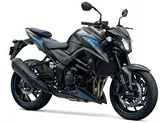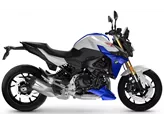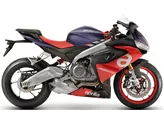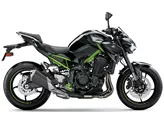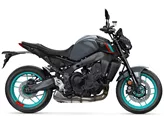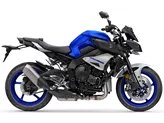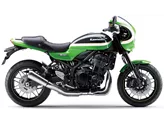Kawasaki Z1000SX 2016 vs. Kawasaki Z900 2017

Kawasaki Z1000SX 2016

Kawasaki Z900 2017
Overview - Kawasaki Z1000SX 2016 vs Kawasaki Z900 2017
The Kawasaki Z1000SX 2016 and the Kawasaki Z900 2017 are both sporty motorcycles with similar engine types, drive trains, and suspension systems. However, there are several key differences between the two models.
In terms of engine power, the Z1000SX 2016 boasts a higher horsepower of 142 HP compared to the Z900 2017's 125.4 HP. This makes the Z1000SX more powerful and potentially more exhilarating to ride. Additionally, the Z1000SX has a higher torque of 111 Nm compared to the Z900's 98.6 Nm, which may result in better acceleration and overall performance.
Both motorcycles feature a chain transmission and a liquid-cooled engine, ensuring efficient power transfer and optimal engine temperature regulation. The Z1000SX has a larger displacement of 1043 ccm, while the Z900 has a slightly smaller displacement of 948 ccm. This may result in a slight difference in overall performance and responsiveness.
In terms of suspension, both motorcycles feature upside-down telescopic forks at the front. However, the Z1000SX offers more adjustment options with compression, preload, and rebound adjustments, while the Z900 only offers preload and rebound adjustments. This means that riders of the Z1000SX can fine-tune their suspension to their preferred settings for a more personalized riding experience.

Kawasaki Z1000SX 2016
Both motorcycles have double disk brakes at the front with four pistons. However, the Z1000SX features radial, monoblock, and petal technology, while the Z900 only has petal technology. This may result in slightly different braking performance and feel.
In terms of advanced rider assistance systems, the Z1000SX 2016 comes equipped with traction control, providing added safety and stability during acceleration and cornering. On the other hand, the Z900 2017 features ABS, which helps prevent wheel lock-up during braking, further enhancing safety.
In terms of dimensions and weights, both motorcycles have a front tire width of 120 mm and a front tire diameter of 17 inches. However, the Z1000SX has a wider rear tire width of 190 mm compared to the Z900's 180 mm. This may result in slightly different handling characteristics. Additionally, the Z1000SX has a slightly shorter wheelbase of 1445 mm compared to the Z900's 1450 mm, which may affect stability and maneuverability.

Kawasaki Z900 2017
The seat height of the Z1000SX is 822 mm, while the Z900 has a lower seat height of 795 mm. This may be more comfortable for shorter riders, but taller riders may find the knee angle too narrow and may need to order a different seat for a more comfortable riding position on the Z900.
In terms of strengths, the Z1000SX 2016 is praised for its confident and powerful engine, fairing suitable for touring, sporty design, good electronic features including traction control and cornering ABS, and a well-integrated pannier system. On the other hand, the Z900 2017 is praised for its ingenious naked bike chassis, superb looks, engine responsiveness and torque, and its optimum balance of performance, price, and practical use.
In terms of weaknesses, the Z1000SX is noted for having somewhat stiff handling in tight curves and instruments that are not optimally backlit. The Z900's main weakness is the narrow knee angle, which may be uncomfortable for taller riders, but this can be remedied by ordering a different seat.
In conclusion, the Kawasaki Z1000SX 2016 and the Kawasaki Z900 2017 are both impressive motorcycles with their own unique strengths and weaknesses. The Z1000SX offers a more powerful engine and additional electronic features, making it suitable for touring and providing a sporty riding experience. On the other hand, the Z900 excels in its naked bike chassis design, engine performance, and overall balance of performance and practicality. Ultimately, the choice between the two models depends on the rider's preferences and intended use of the motorcycle.
Technical Specifications Kawasaki Z1000SX 2016 compared to Kawasaki Z900 2017
Pros and Cons in comparison
Pros and Cons in comparison
Kawasaki Z1000SX 2016
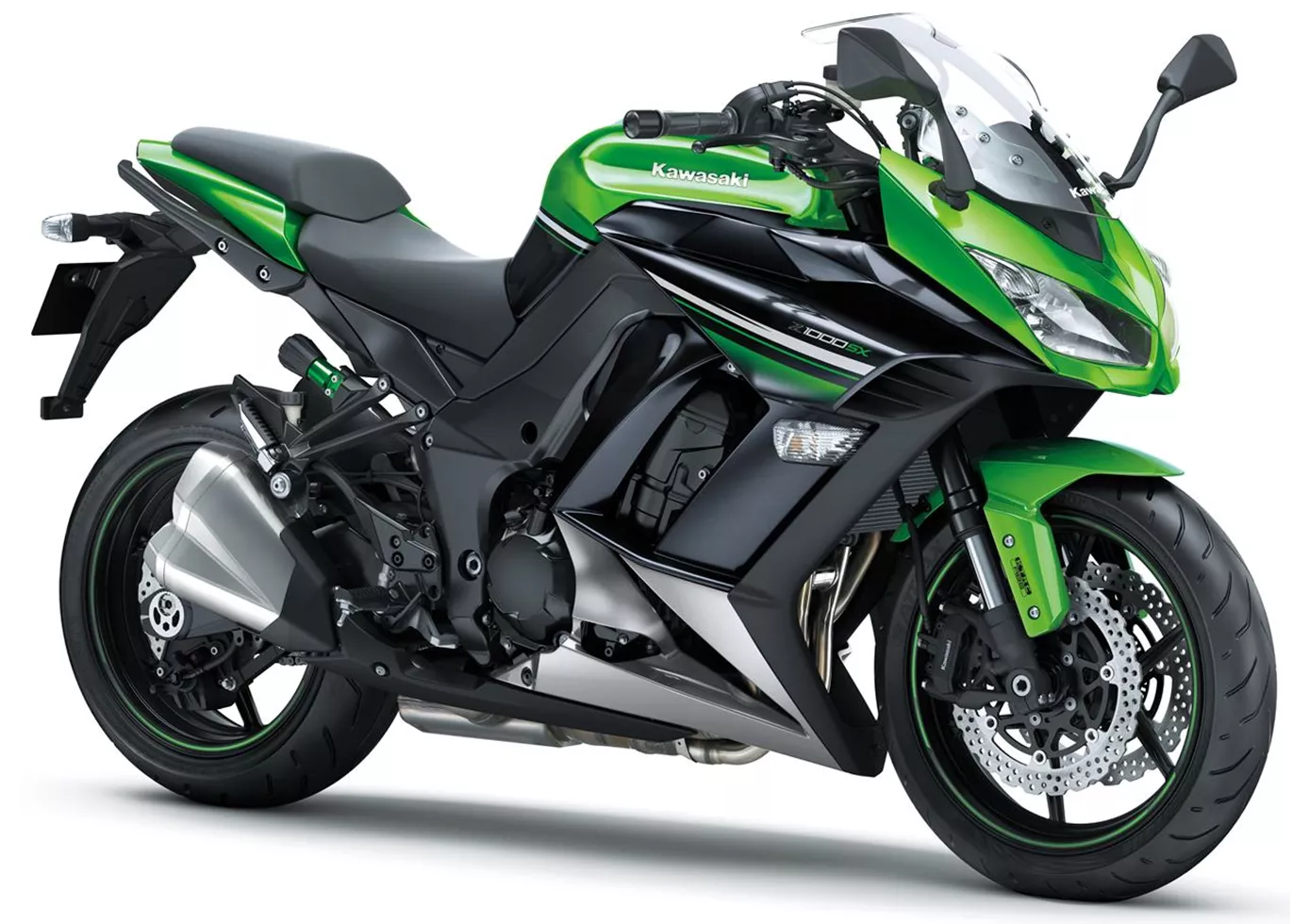
The current model of the Kawasaki Z1000SX is already a wonderfully balanced motorbike that scores points with its sporty charms as well as its comfort features and long-distance capability. However, the new 2017 model makes everything even better: refined wind protection, a more comfortable seat, better accessories and a host of electronic helpers that make riding safe and confident even in adverse conditions. Nothing had to be changed in the sporty character of the powerful engine, and the look with the LED headlights and the many edges is almost on the level of a super sports bike - all in all, an absolutely successful further development.
Kawasaki Z900 2017

An incredibly well-designed motorbike. A lot of test work and attention to detail went into it. It has exactly the right power, exactly the right chassis and exactly the right look. An all-round successful naked bike that will make you happy for a long time. If you like, you can ride it simply and faithfully, but if you want, you can also ride it really fast and it wheels like hell. Great!
Price Comparison Avarage Market Price Kawasaki Z1000SX vs Kawasaki Z900
There are a few key differences between a Kawasaki Z1000SX 2016 and a Kawasaki Z900 2017. In terms of price, the actual average price of a Kawasaki Z1000SX 2016 is about 2% higher. A Kawasaki Z1000SX 2016 experiences a loss of 470 GBP in one year and 380 GBP in two years of ownership. This is offset by a loss of 530 GBP and 930 GBP for a Kawasaki Z900 2017. Compared to Kawasaki Z900 2017 there are less Kawasaki Z1000SX 2016 bikes available on the 1000PS.de Marketplace, specifically 8 compared to 43. It takes less time to sell a Kawasaki Z900 with 85 days compared to 96 days for the Kawasaki Z1000SX. Since model year 2011 1000PS.de editors have written 14 reviews for the Kawasaki Z1000SX and 46 reviews for the Kawasaki Z900 since model year 2017. The first review for the Kawasaki Z1000SX was published on 05/10/2010 and now has more than 9,900 views. This compares to more than 93,200 views for the first review on Kawasaki Z900 published on 11/11/2016.





